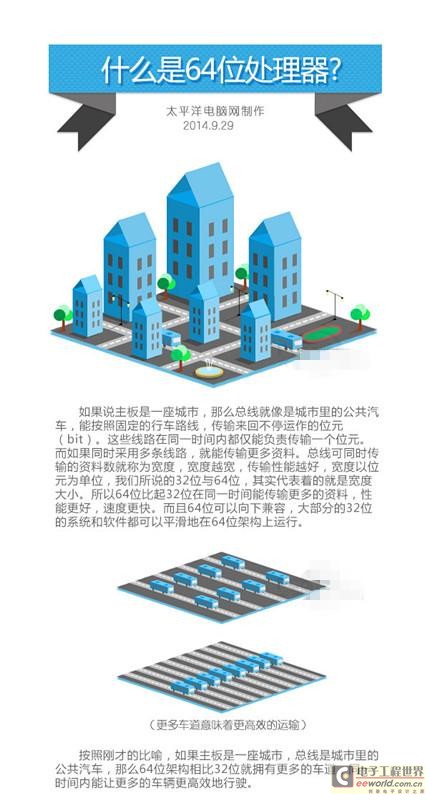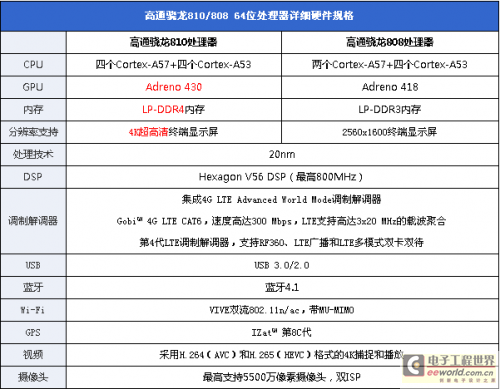When it comes to 64-bit processors, the first name that usually pops into people's minds is Apple's A7 chip, introduced with the iPhone 5s. But Qualcomm didn't keep the market waiting for long — they quickly launched the Snapdragon 615, which was aimed at the mid-range segment. However, when it came to high-end 64-bit chips, Qualcomm rolled out the Snapdragon 810 and its more affordable variant, the 808, as part of their flagship 8-series lineup. In this article, we’ll take a closer look at these two powerful chips and how they stack up against each other.
So, what exactly is a 64-bit processor? If you're not familiar with the term, don’t worry — it’s simpler than it sounds. In short, 64-bit processors are more efficient and offer better performance compared to their 32-bit predecessors. They can also run 32-bit software without any issues, making them backward compatible. This transition to 64-bit architecture has been a major step forward in mobile computing, allowing for faster processing and improved multitasking capabilities.

Specifications: 810 vs 808
Below is a comparison table highlighting the key differences between the Snapdragon 810 and 808:

The Snapdragon 808 can be considered the younger sibling of the 810. Both chips are fully compatible in terms of software, but there are some key differences:
- The Snapdragon 810 features four Cortex-A57 cores, while the 808 only has two.
- The 810 uses LPDDR4 memory, whereas the 808 uses LPDDR3.
- The 810 supports up to 4K display resolution, while the 808 is limited to 2K.
- The GPU on the 810 is the Adreno 430, while the 808 uses the older Adreno 418.
Overall, the Snapdragon 808 offers slightly lower performance than the 810, but it’s a more cost-effective option for manufacturers who don’t need 4K support. As Mark Shedd, Qualcomm’s marketing director, mentioned, the 808 provides a great balance between performance and affordability.
Architecture: No More Krait, Just ARM
One of the most notable changes in the Snapdragon 810 and 808 is the shift away from Qualcomm’s own Krait architecture. Instead, both chips use ARM’s Cortex-A57 and Cortex-A53 cores, which have been customized by Qualcomm. The Cortex-A57 is currently one of the most powerful ARM-based architectures available, featuring the new ARMv8-A ISA, which improves instruction set efficiency. It can be used alone or paired with the Cortex-A53 in a big.LITTLE configuration, like on the 810 and 808.
Beyond just the core architecture, Qualcomm also made full use of the tools and features provided by ARM. For example, they implemented power-saving technologies such as automatic core shutdown when not in use. Their goal was to maximize performance while minimizing energy consumption — a crucial factor in mobile devices where battery life is always a concern.
120W Medical Device Power Supply,120W Medical Power Adapter,120W Rade Power Supplies
Shenzhen Longxc Power Supply Co., Ltd , https://www.longxcpower.com